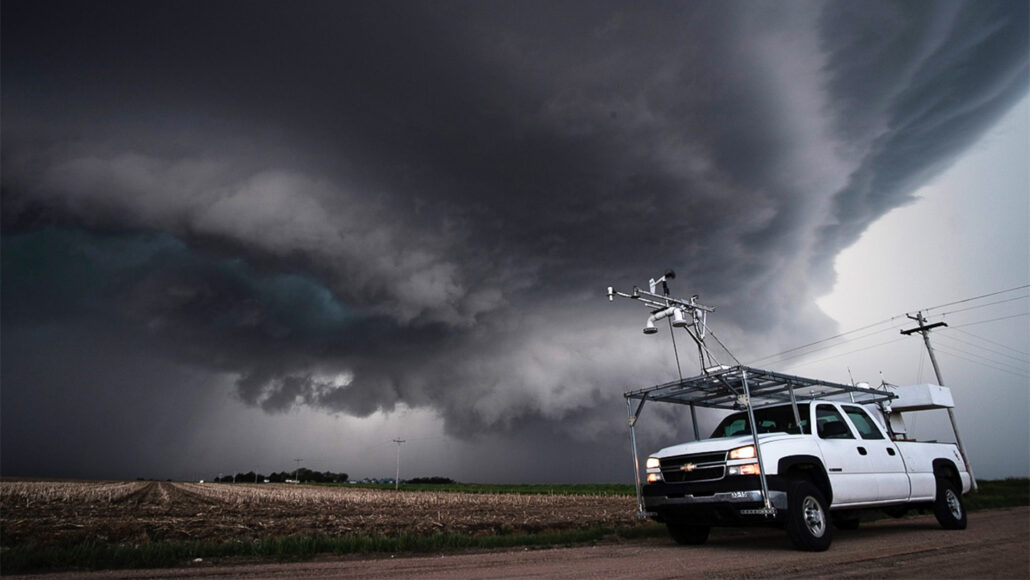Questions for ‘Meet the sneaky and surprisingly dangerous squall-line tornado’

In 2022 and 2023, PERiLS researchers deployed across the southeastern United States used a fleet of instruments to capture a trove of data on squall-line tornadoes. Mobile Mesonet vehicles (shown) took surface measurements of temperature, pressure, humidity, wind and solar radiation.
Michael Coniglio, NOAA NSSL